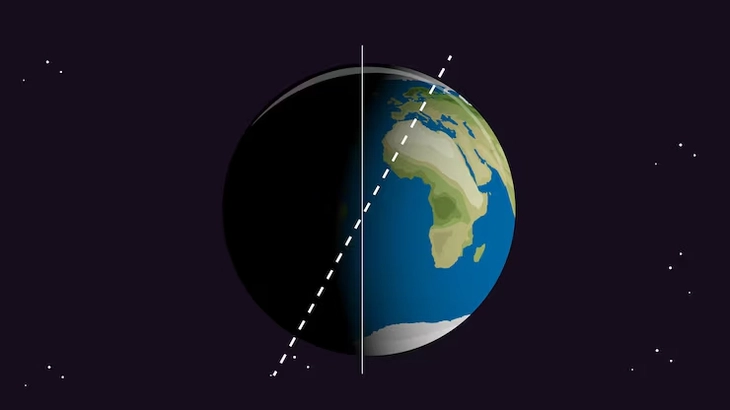
In less than two decades, the Earth has tilted 80cm due to groundwater pumping - Photo: FREEPIK
According to science and technology magazine Popular Mechanics , groundwater pumping appears to have much more serious consequences than previously thought.
A study published in the journal Geophysical Research Letters found that in less than two decades, the Earth has tilted 80cm due to groundwater pumping.
“The Earth's rotation poles are really changing a lot,” said Ki Weon Seo, a geophysicist at Seoul National University and lead author of the study.
"The study found that among climate-related causes, groundwater redistribution actually has the largest impact on Earth's rotational pole drift."
As Earth rotates on its axis, the distribution of water on the planet affects the distribution of mass. “Like adding a little weight to a spinning top,” the authors say, “Earth will spin slightly differently as water is moved around.”
Research published by NASA in 2016 warned that water distribution could alter the Earth's rotation. The study, published in Geophysical Research Letters , attempts to put some numbers to that claim.
“I was delighted to find the unexplained cause of pole drift,” Seo said.
“But on the other hand, as a resident of Earth and a father, I am worried and surprised to see that groundwater pumping is another source of sea level rise.”
The study covered data from 1993 to 2010, and found that pumping up to 2,150 gigatonnes of groundwater (equivalent to about 2,150 quadrillion litres) caused a change in the Earth's tilt of about 80cm .
Pumping is primarily for irrigation and human use, and that groundwater eventually flows to the ocean.
Surendra Adhikari, a research scientist at NASA's Jet Propulsion Laboratory who was involved in the 2016 study, said the additional research is important.
“They quantified the role of groundwater pumping on polar movement,” he said in a press release, “and it was actually quite significant.”
Where the water comes from and where it goes is also important. Redistribution of water from the mid-latitudes makes the biggest difference. Thus, the strong movement of water from both western North America and northwest India has played a key role in the changes in tilt.
Now that the impacts of water migration have been known for only a short and relatively recent period, digging into historical data can help reveal trends and provide a deeper understanding of the effects of groundwater migration.
“It’s useful to observe the changes in Earth’s rotation poles,” Seo says, “to understand the changes in water storage at the continental scale.” The data could also help conservationists understand how to address continued sea-level rise and other climate problems.
Source: https://tuoitre.vn/con-nguoi-lam-trai-dat-nghieng-80-cm-chi-trong-hai-thap-ky-20250727125329212.htm





![[Photo] Cutting hills to make way for people to travel on route 14E that suffered landslides](https://vphoto.vietnam.vn/thumb/1200x675/vietnam/resource/IMAGE/2025/11/08/1762599969318_ndo_br_thiet-ke-chua-co-ten-2025-11-08t154639923-png.webp)
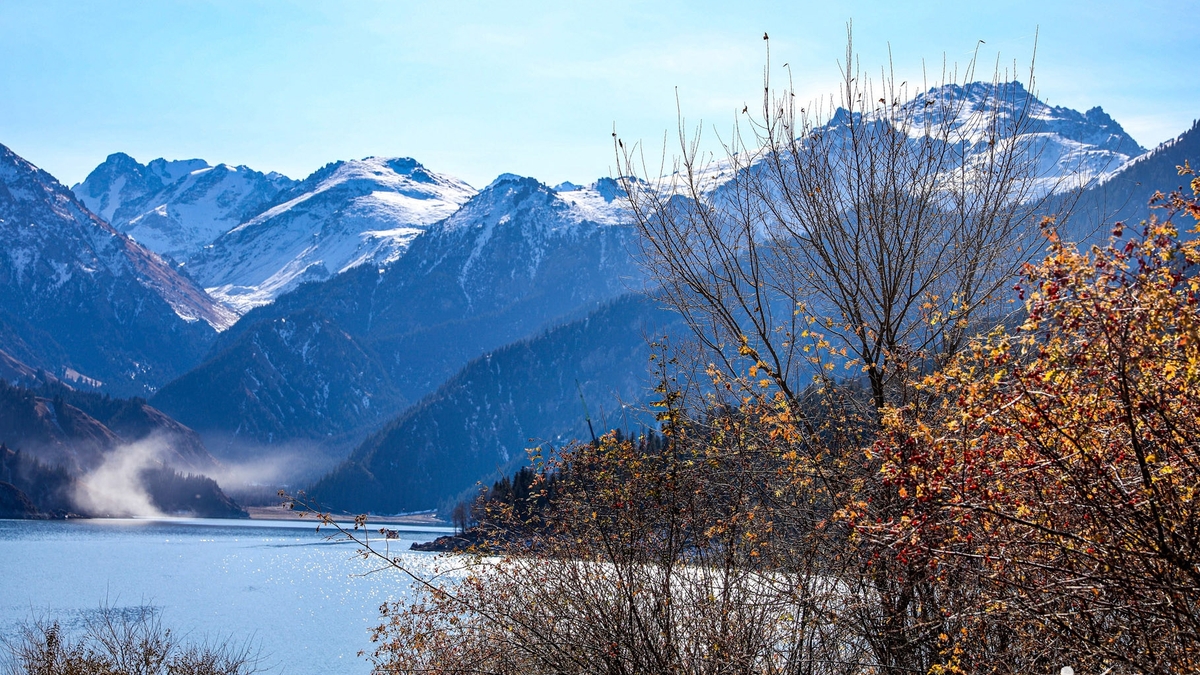





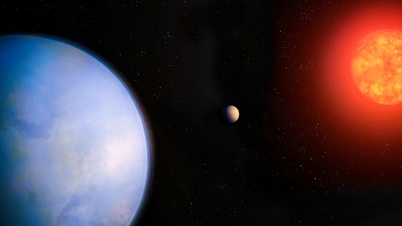
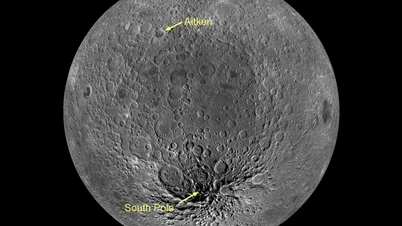




















![[Photo] "Ship graveyard" on Xuan Dai Bay](https://vphoto.vietnam.vn/thumb/1200x675/vietnam/resource/IMAGE/2025/11/08/1762577162805_ndo_br_tb5-jpg.webp)








![[Video] Hue Monuments reopen to welcome visitors](https://vphoto.vietnam.vn/thumb/402x226/vietnam/resource/IMAGE/2025/11/05/1762301089171_dung01-05-43-09still013-jpg.webp)




























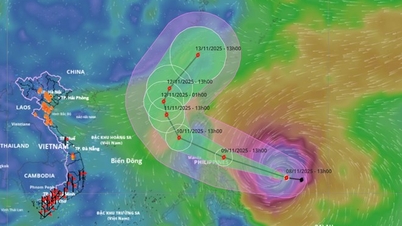





































Comment (0)